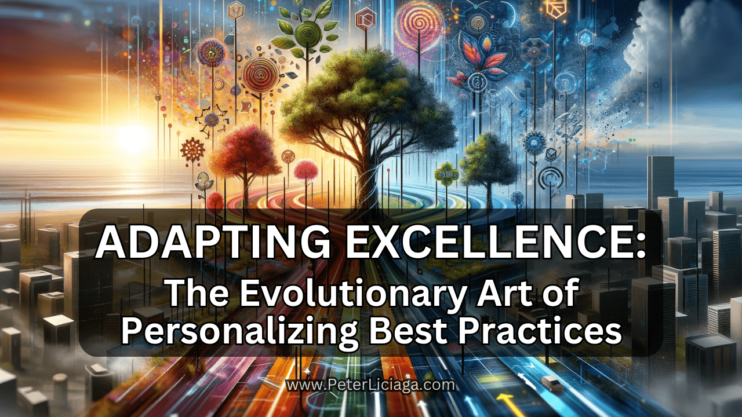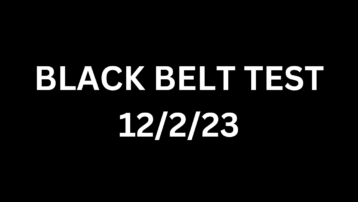Navigating the Evolving Landscape of Best Practices Through the Lens of Renowned Thought Leaders
The concept of “best practices” often evokes a vision of established, well-defined paths to success, marked by a series of steps and strategies validated by time and widespread adoption. However, this traditional view of best practices, as static blueprints for achievement, is increasingly challenged in a world that prizes adaptation, innovation, and personalization. Drawing insights from a constellation of contemporary thought leaders – Adam Grant, Steven Kotler, Angela Duckworth, and Salman Khan – we embark on a journey to reframe the narrative of best practices, emphasizing their dynamic and evolving nature.
Adam Grant, in his exploration of hidden potential, urges us to look beyond the surface of what is traditionally considered ‘best’ and delve into the unexplored territories of individual capabilities. His work compels us to question the status quo and encourages the discovery and nurturing of unique strengths and talents. This perspective is crucial in understanding that best practices should not be about conforming to a standard model of success but about uncovering and leveraging one’s unique traits and abilities.
Steven Kotler’s insights in “The Art of Impossible” bring a transformative angle to our understanding of best practices. Kotler’s research on peak performance and flow states challenges the notion of fixed practices, suggesting instead a fluid approach that aligns with individual passions and intrinsic motivations. His work underscores the importance of personalizing best practices to align with one’s psychological and physiological makeup, driving towards what may seem like ‘impossible’ goals.
Angela Duckworth’s concept of ‘Grit‘ further enriches this discussion. Duckworth’s research emphasizes perseverance and passion for long-term goals, suggesting that the path to mastery and success is a marathon, not a sprint. Her work highlights the role of resilience and determination in achieving excellence, reminding us that best practices are not just about efficient methods but also about the enduring commitment to one’s goals and the continuous effort to improve.
Lastly, Salman Khan of Khan Academy (The One World Schoolhouse: Education Reimagined) brings a unique perspective on personalized learning and mastery. His educational philosophy, centered around tailoring learning to individual needs and encouraging mastery at one’s own pace, challenges the one-size-fits-all approach inherent in traditional best practices. Khan’s approach underlines the significance of adaptability and personalized pacing in the pursuit of excellence.
In synthesizing these diverse yet complementary viewpoints, I see a new narrative of best practices emerging – one that champions the evolution, adaptation, and personalization of methods and strategies. It’s a narrative that values individual uniqueness, continuous learning, and the pursuit of seemingly impossible goals. This introduction sets the stage for a deeper exploration of how best practices, when viewed through the prism of these innovative thinkers, transform from rigid pathways into dynamic tools, adaptable to the unique journey of each individual in their quest for personal and professional growth.




